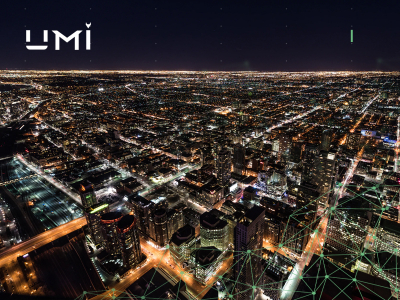BitFury announced a new bitcoin mining chip, raising energy efficiency threefold. Meanwhile, a new bitcoin miner designed by Bitmain is, according to the company, two times more energy efficient compared to the previous one.
The new bitcoin mining chip announced by BitFury uses a 16-nanometre node at scale. According to the company, it is three times more energy efficient than the previously used 28nm chip: while the latter needed 0.2 joules per gigahash, the new one needs only 0.06 joules. The development of the new chip started in February, immediately after the previous one was implemented. It comes three months after the first 16nm bitcoin mining chip announced by KnCMiner.
The new chip released by Bitmaintwo weeks ago is still based on 28 nanometre process. However, while the previous chip had a standard design, this one has a fully customized design. Bitmain believes it can outperform standard 16nm mining chips. The new chip needs 0.25 joules per gigahash, which is two times less compared with the older one. Bitmain also developed a more advanced mining computer. While the previous model had 60 chips per miner, the new one, Antminer 7S, uses 162 new chips. Finally, the company also announced the start of development of a new chip, built on 16 nanometre process.
The growth of energy efficiency answers the fears about the environmental impact of the bitcoin. According to the Australian-based think tank Long Future Foundation, if bitcoin price goes up and reaches $1 million, bitcoin mining would consume 60% of global electricity supply. “If Bitcoin’s energy consumption isn’t reined in, we’ll end up being crowded out of electricity networks and sitting in the dark,” says Guy Lane, the spokesperson for the NGO. These fears have intensified because of the current bitcoin block size debate. If the current bitcoin block size grows, the energy consumption of bitcoin miners might grow as well. BitFury believes its techniques can solve the problem. According to its CEO Valery Vavilov,
BitFury and Bitmain follow different strategies. BitFury prefers to use its bitcoin miners itself, deploying them in its data centre in Tbilisi, Georgia, and elsewhere – probably even in North America. Bitmain prefers to sell its machines to the general population willing to act as bitcoin miners. According to Jake Smith, an American representative of the company,
According to Guy Corem, CEO of the mining company Spondoolies-Tech, the competition between bitcoin miners is similar to an arms race. In May 2015, he stated that “the pace of development in the bitcoin world is unlike any other industry”. He believes that in the current bitcoin mining industry only companies with the strongest teams can survive because one mistake is enough to lose the race.
Alexey Tereshchenko

















